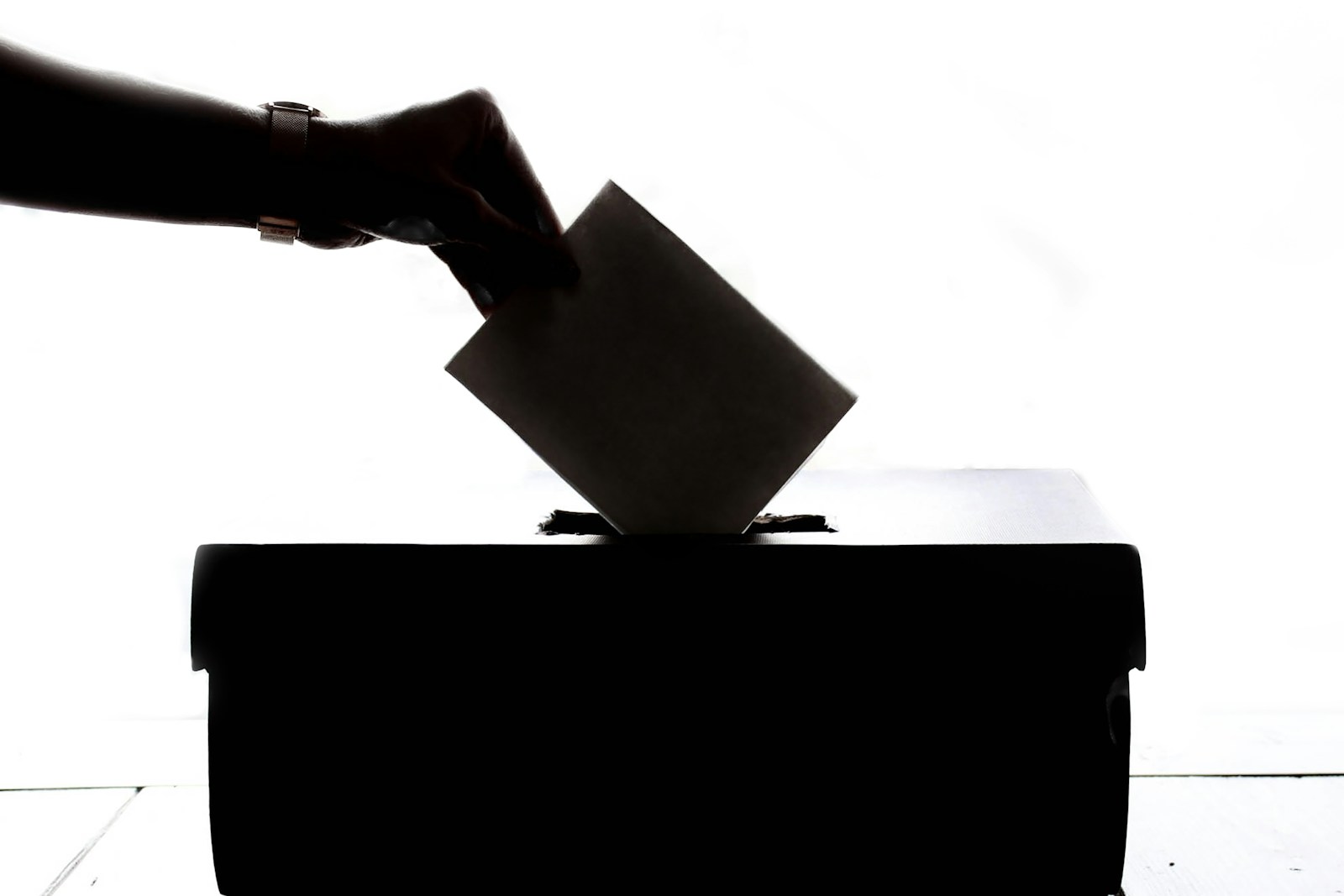Key Takeaways
• A law professor used AI to predict that the Supreme Court will weaken the Voting Rights Act.
• The case Louisiana v. Callais could limit Section 2 protections against racial gerrymandering.
• The court may rule six to three along conservative lines, based on oral arguments and AI forecasts.
• Chief Justice Roberts has long questioned the Voting Rights Act and may help narrow its power.
• A weaker law could lead to more partisan map drawing and fewer protections for Black voters.
When law professor Seth Chandler asked Google Gemini to predict a Supreme Court ruling, he won a bet. The AI tool correctly drafted the majority opinion in Trump’s birthright citizenship case. Then Chandler tried it again with Louisiana v. Callais. Once more, the AI forecast a six to three conservative vote. That ruling could curb the Voting Rights Act.
What Is the Voting Rights Act?
The Voting Rights Act dates back to 1965. It aimed to stop racial discrimination at the ballot box. Section 2 bans voting rules that hurt voters based on race. Over the decades, it helped remove poll taxes, literacy tests, and other barriers. Yet recent Supreme Court decisions chipped away at its power. Now Louisiana v. Callais asks if states may redraw maps to boost minority representation. The Voting Rights Act stands at the center of this struggle.
How AI Predicted the Supreme Court Ruling
First, Chandler fed Trump’s lawsuit into AI. The draft opinion it made matched the real decision. Next, he shared details from Louisiana v. Callais with Google Gemini. The AI wrote a 20-page opinion. It predicted conservatives will keep Section 2 weaker. It said the Court will back a Louisiana map that courts found was a racial gerrymander. Once again, the AI got it right. That track record shows how predictable the current bench may be.
Why Louisiana v. Callais Could Matter
In 2022, a federal court found Louisiana’s 2020 map broke Section 2. It packed Black voters into just one of six districts. Under federal order, the state added a second Black-majority district in 2024. But challengers argue that drawing a fair map is itself racial discrimination. They claim aiming to protect Black votes is a violation. If the Supreme Court sides with them, it could bar courts from fixing maps. As oral arguments showed, conservatives seem ready to limit the Voting Rights Act even more.
The Chief Justice and the Voting Rights Act
Chief Justice John Roberts has long questioned Section 2. He worked to block the law in earlier roles. He faced tough questions about it during his confirmation. Senate lawmakers called his view harsh. Now, scholars say he uses his seat to “put a fist on the scale of justice.” Lisa Graves, a former Senate counsel, calls it an assault on civil rights. She warns that a weakened Voting Rights Act would let states dilute minority votes. In her view, the Court aims to protect certain political interests.
What This Means for 2026 and Beyond
Redistricting usually happens once per census. But off-cycle maps are rising. States like Texas, Missouri, and North Carolina plan midterm redraws. Former President Trump urged Republicans to shape maps in his favor. If the Supreme Court scales back Section 2, it may green-light partisan gerrymandering. That could lock in advantages for one party and hurt minority communities. Professor Chandler warns this trend could harm trust in elections and fairness in representation.
The Role of Partisanship on the Court
Justices are meant to be impartial. Yet politics plays a clear role. Judges reach the bench through nominations from elected officials. Confirmations reflect party priorities. Political scientists note that judicial opinions often follow partisan lines. In last term’s cases, conservatives stuck together on several major rulings. Louisiana v. Callais may follow that pattern and further weaken voting safeguards.
Can the Voting Rights Act Survive?
The Voting Rights Act remains one of America’s landmark civil rights laws. Passed in the 1960s, it helped shake off a history of poll taxes and literacy tests. A major Supreme Court rollback would deal a serious blow. Congress could try to restore protections. But with one party controlling both chambers, new legislation seems unlikely. Many activists fear that only a big shift in political power will save the law’s strength.
Looking Ahead
The Supreme Court’s upcoming decision will shape how democracy works. If Section 2 loses more force, states may draw maps that favor one group over others. Public trust could erode as voters see fewer chances for fair representation. However, some hope remains. Grassroots movements and a future Congress might revive strong voting protections. For now, all eyes are on the justices’ final ruling in Louisiana v. Callais.
Frequently Asked Questions
What is the Voting Rights Act?
The Voting Rights Act is a civil rights law from 1965. It bans voting policies that discriminate against people based on race. Section 2 plays a key role by prohibiting rules that deny minority groups equal access to the ballot.
How does Louisiana v. Callais challenge the law?
Louisiana v. Callais asks the Supreme Court to rule on a 2024 map change. A lower court ordered a new map to add a Black-majority district. Opponents argue that map makes race the driving factor, so it violates Section 2.
Why is Section 2 so important?
Section 2 lets courts strike down voting rules that harm minority voters. It helped end poll taxes and literacy tests. Without it, states can draw districts that dilute minority voting power more easily.
Could Congress fix the Voting Rights Act?
Yes, Congress can pass new laws to strengthen voting protections. However, the current majority in both chambers shows little interest in expanding federal oversight of elections. A major shift in political power might be required.

